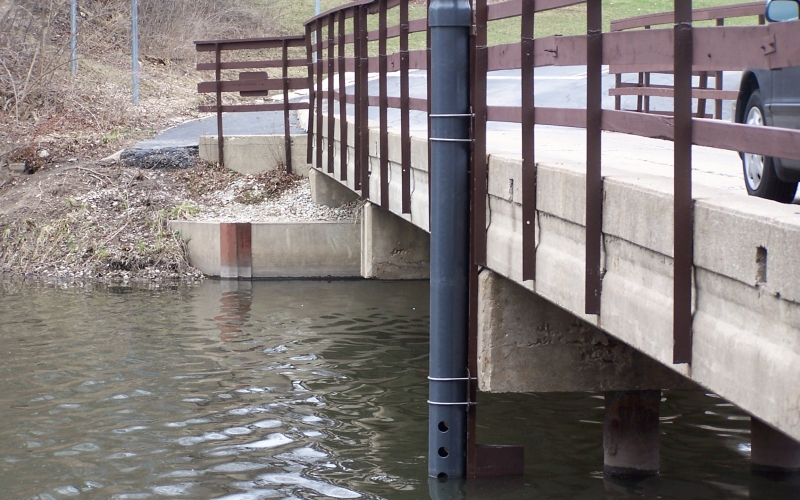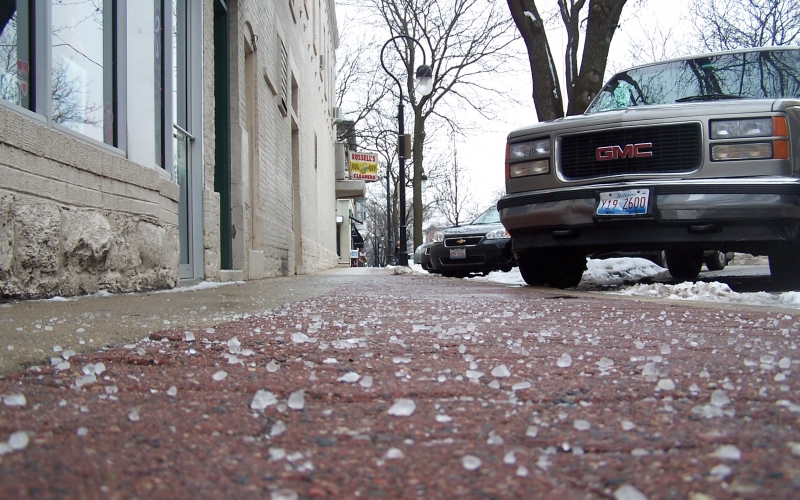Projects and Activities
The DRSCW is committed to producing comprehensive data sets for local watersheds in order to determine and resolve priority stressors to local aquatic systems. The organization seeks to implement targeted watershed activities that resolve priority water way problems efficiently and cost effectively.
This website report was constructed in part using U.S. Environmental Protection Agency funds under Section 319 of the Clean Water Act distributed through the Illinois Environmental Protection Agency. The findings and recommendations herein are not necessarily those of the funding Agencies.
BIOASSESSMENT REPORT
Biological and Water Quality Studies of the East and West Branches of the DuPage River and the Salt Creek Watersheds.
STRESSORS ANALYSIS
Monitoring and analysis provides insight into the highest priority stressors affecting stream health in order to identify projects or initiatives with the greatest potential to attain stream use goals.
NUTRIENT MANAGEMENT
The assessment will identify and assess nutrient (nitrogen and phosphorus) inputs and management practices, identify and estimate point source influences and determine total nitrogen, nitrate, total phosphorus and dissolved reactive phosphorus of our watersheds.
DISSOLVED OXYGEN
The Workgroup retained a consulting engineering team led by HDR Consulting, Huff and Huff, Inc and Inter-Fluve, Inc. to conduct a study that identified ways to improve dissolved oxygen levels in Salt Creek and the East Branch of the DuPage River.
CHLORIDES AND WINTER MANAGEMENT
Welcome to the DRSCW Chlorides and Winter Management page. In 2004 chloride Total Maximum Daily Loads (TMDLs, a pollutant budget for a waterway) were placed on several segments of the West Branch DuPage River, East Branch DuPage River and Salt Creek.
PAH's
Polycyclic aromatic hydrocarbons (PAHs) are carcinogenic micropollutants which are resistant to environmental degradation due to their highly hydrophobic nature. Concerns over their adverse health effects have resulted in extensive studies on the remediation of soils contaminated with PAHs.
PROJECTS
The DRSCW is committed to producing comprehensive data sets for local watersheds in order to determine and resolve priority stressors to local aquatic systems. The organization seeks to implement targeted watershed activities that resolve priority water way problems efficiently and cost effectively.
POTW SPECIAL CONDITIONS
The DRSCW has created a prioritized list of preliminary projects which it calculates will improve aquatic assemblages in a measurable and systemic manner. The projects selected were scored high priority by the prioritization system or ranked highly under DRSCW’s TMDL implementation plans.









